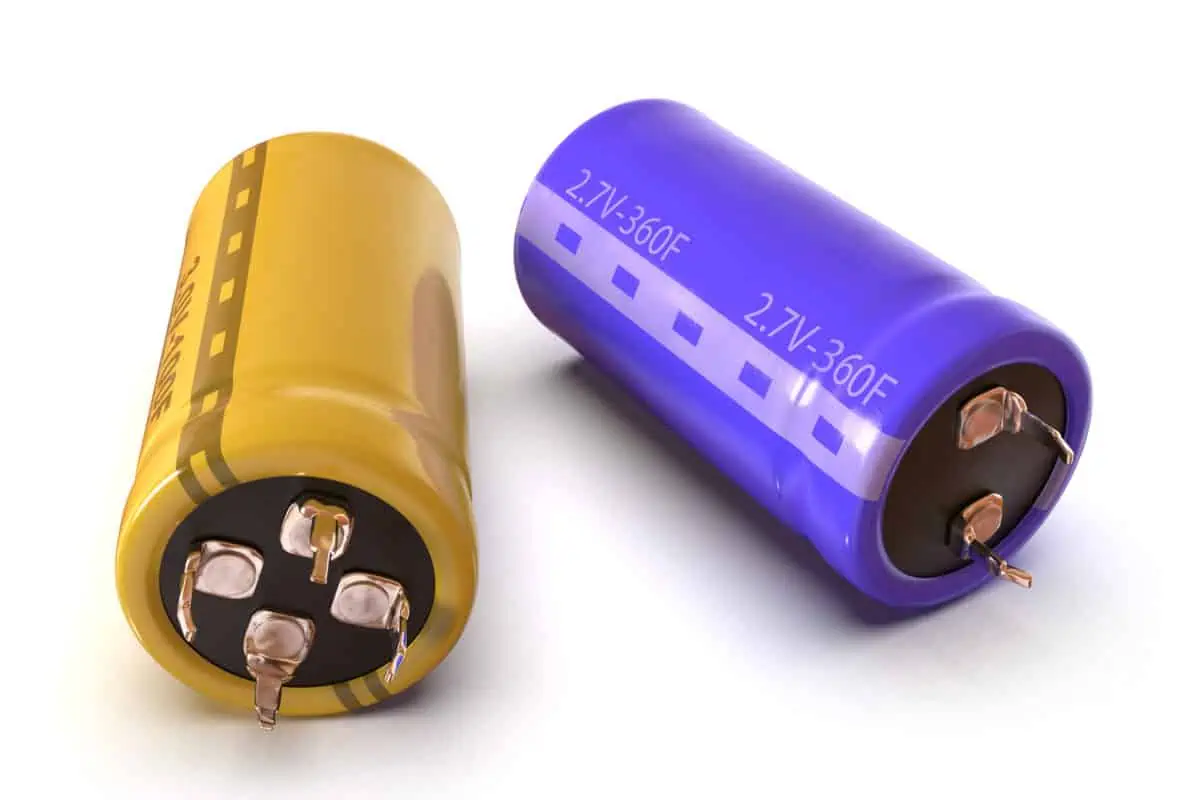Sign up for our newsletter!
Your data will be handled in compliance with our privacy policy.
Your data will be handled in compliance with our privacy policy.

Research paper in the proceedings of Micronano System Workshop MSW 2016, Lund, Sweden, 17–18 May, 2016.
Your data will be handled in compliance with our privacy policy.
Oops! Someone forgot to publish content. We apologize for the inconvenience.